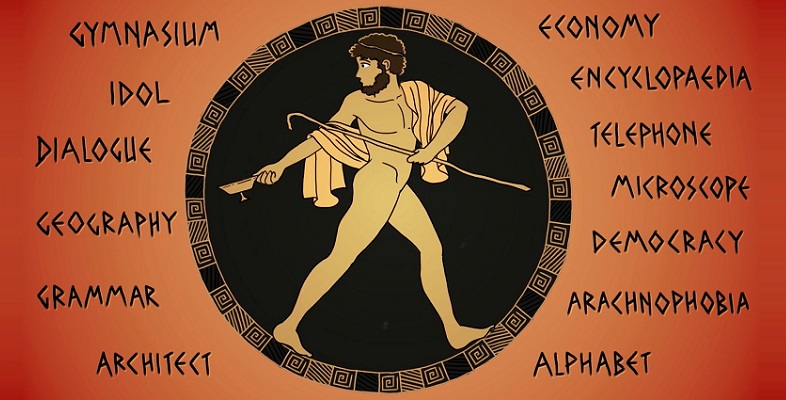10 Summary
This session has introduced you to the accusative case. You have learned how to use nominative and accusative case endings to create a sentence of the form: Subject + Verb + Object. You have also compared the different approaches of English and Greek to signposting subjects and objects, through word order and word ending respectively.
You have continued to explore the way Greek was written, by looking at examples of the range of scripts in existence across the Greek world before the end of the fifth-century BCE.
You should understand the following terms:
- subject
- object
- accusative case
- declension.
You should understand how the following sentences work:
ὁ ἵππος διώκει τὸν ἄνθρωπον (‘the horse chases the man’)
τὸν ἵππον διώκει ὁ ἄνθρωπος (‘the man chases the horse’)
If you would like more practice with subjects and objects in Greek, you can use the ‘Sentences’ section of the OU’s Introducing Ancient Greek website [Tip: hold Ctrl and click a link to open it in a new tab. (Hide tip)] .
Please note: we’ve had numerous reports of the practice site content not displaying properly. If you’re having trouble with it, try copying and pasting this link instead: http://www.open.ac.uk/Arts/greek
You can now move on to Session 7.
